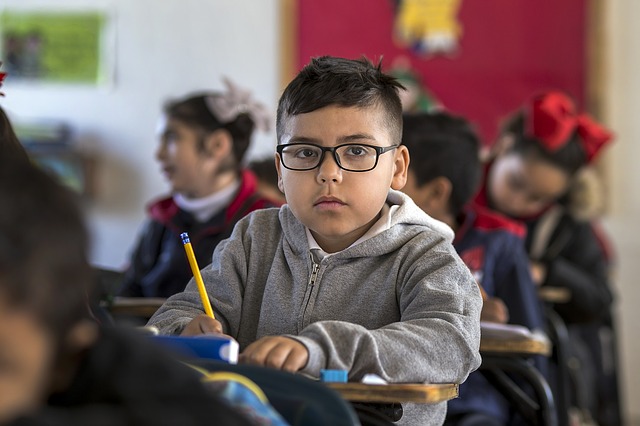
Not long ago, I met with a family who’d just finished their son’s second IEP. They were confused and upset because they felt like they hadn’t been heard by the team. And even if they had been heard, the parents didn’t believe they had enough knowledge to know what to share. Instead, they left the meeting uncertain as to whether the IEP that had been created for their child was even what he needed.
These parents felt as if they were failing their son because they didn’t know enough to make sure they were doing all that could be done for him. That’s a terrible feeling, and yet one that many families face on a regular basis.
It doesn’t have to be that way. Follow my connect-the-dots process and you’ll be able to ensure that your child has an IEP that meets all of his or her needs. This process focuses on the four sections that are the “meat” of the IEP.
Dot #1: Present Levels of Performance
Every IEP must include a statement regarding how the child is currently performing academically and functionally. This statement considers areas of academic (e.g. reading or language arts, math, science and history) and functional (skills related to eating, social, behavior, communication and mobility) development in which a child with a disability may need support. These levels of performance must be backed up with documented data in order to be included in the IEP.
It is critical that all of these skills are focused on. It’s especially important to look beyond academics. A student with good grades might still have needs.
The IEP team must talk about the impact of the child’s disability on his or her ability to learn and do the kinds of things that typical, non-disabled children learn and do. It is the team’s job to make sure that all children access the learning environment to the maximum extent possible.
Your child’s levels of performance should connect directly to …
Dot #2: IEP Goals

Objective and meaningful goals should be developed based on the deficits noted in the Present Levels of Performance section of the IEP. If there is a deficit noted in the Present Levels portion of the IEP, there needs to be a goal in that area. If there is a goal, it should be connected to a deficit in the Present Levels. These two sections work together.
IEP goals should be developed in both academic and functional areas as needed, and should be individualized for each student.
For an IEP goal to be successful, it should be measurable, include a baseline of where the student is currently performing, be specific in what skill it is focused on, be actionable and be time specific.
Each goal created to remedy a deficit should be able to be measured through testing or observation so that progress can be verified. An educator might note a child’s ability to master a certain skill zero out of 10 times at the start, then measure how many more times the child is able to do the same task over the specified timeframe.
Goals are the heart and soul of an IEP. The tendency can be to focus on the services, but without goals, there is no direction as to what will be taught or how progress will be tracked.
The goals in your child’s IEP should be connected to …
Dot #3: Accommodations and Modifications
These are the adjustments that will be made to help a student find success in the school setting. Accommodations change the way a student is taught the material, while modifications change what a student is taught or expected to learn.
Examples of accommodations include extra time to complete assignments, being allowed to complete fewer problems (as long as standards are covered), movement breaks or being allowed to type assignments.
Examples of modifications include being given assignments that are below grade level, use of alternative curricula and being allowed to use notes and textbooks while taking tests.
Another way to help meet your child’s IEP goals is to employ …
Dot #4: Services that Meet the Child’s Needs
There should not be a “cookie cutter” approach to servicing students in special education, because not every child needs the same thing. If at any point you hear, “Your child has this disability, so they get these services,” that should be a red flag to you.
Specially designed instruction means adapting, as appropriate to the needs of an eligible child, the content, methodology or delivery of instruction:
- To address the unique needs that result from the child’s disability,
- To ensure the child’s access to the general curriculum, or
- So that the child can meet educational standards.

Other services that may be recommended by the IEP team could include speech and language, occupational or physical therapy, counseling and behavior supports.
If the IEP team recommends services, ask why they believe those services are necessary in order to meet the goals set within the IEP. If you are concerned that a service wasn’t offered to your child, address that with the team as well.
If you’d like to track these four “dots” as they relate to your child’s IEP, download the Connecting the Dots POWER Sheet.
Brandie Rosen has spent more than 25 years in special education, working with families and school districts. He has experience as a special-education teacher, special-education administrator, district and school trainer and special-education consultant. She has facilitated more than 5,000 IEPs. Learn more at brandierosenconsulting.com.
































